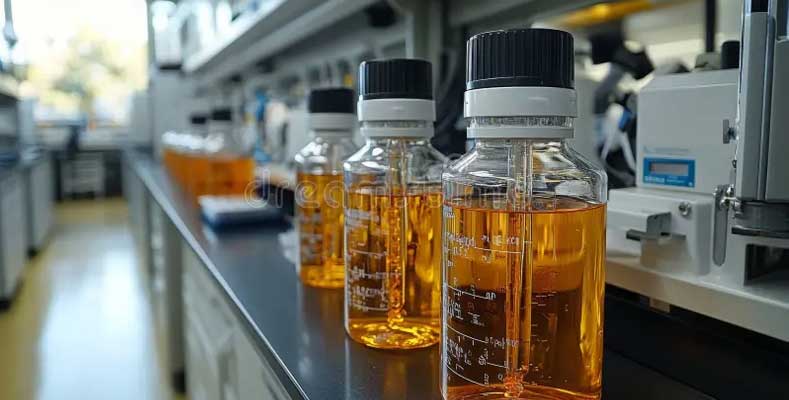Solvents are substances, typically liquids, that are used to dissolve, suspend, or extract other materials without chemically altering the solvent or the solute (the substance being dissolved). Solvents play a crucial role in many industries, including pharmaceuticals, chemicals, coatings, cleaning, and even in everyday products like paints and perfumes.


